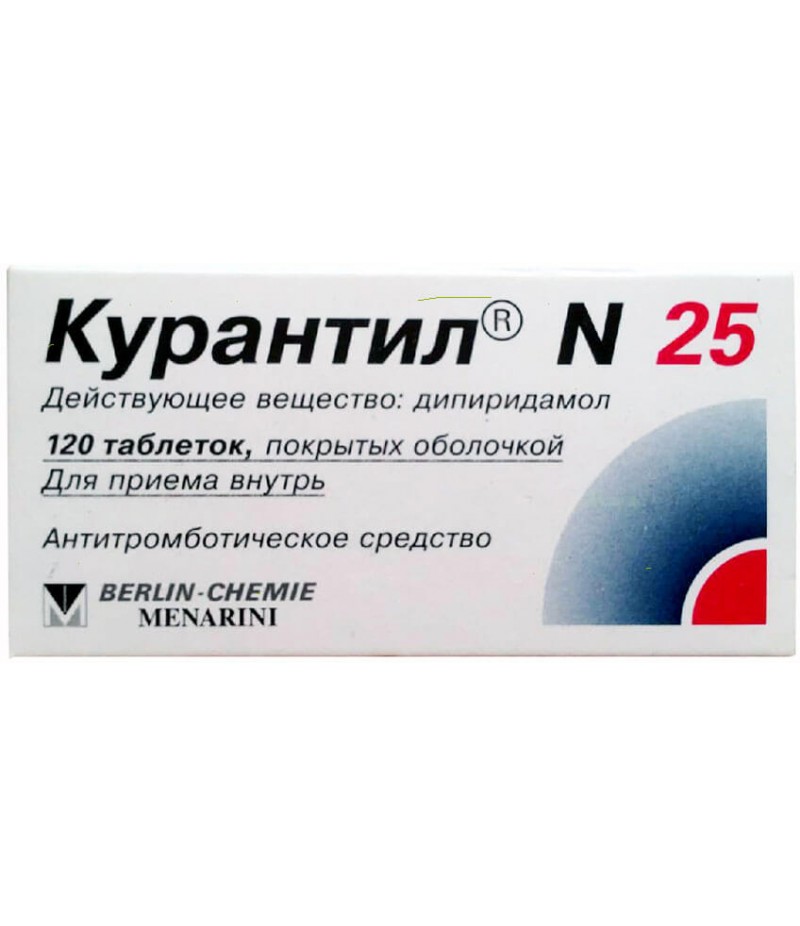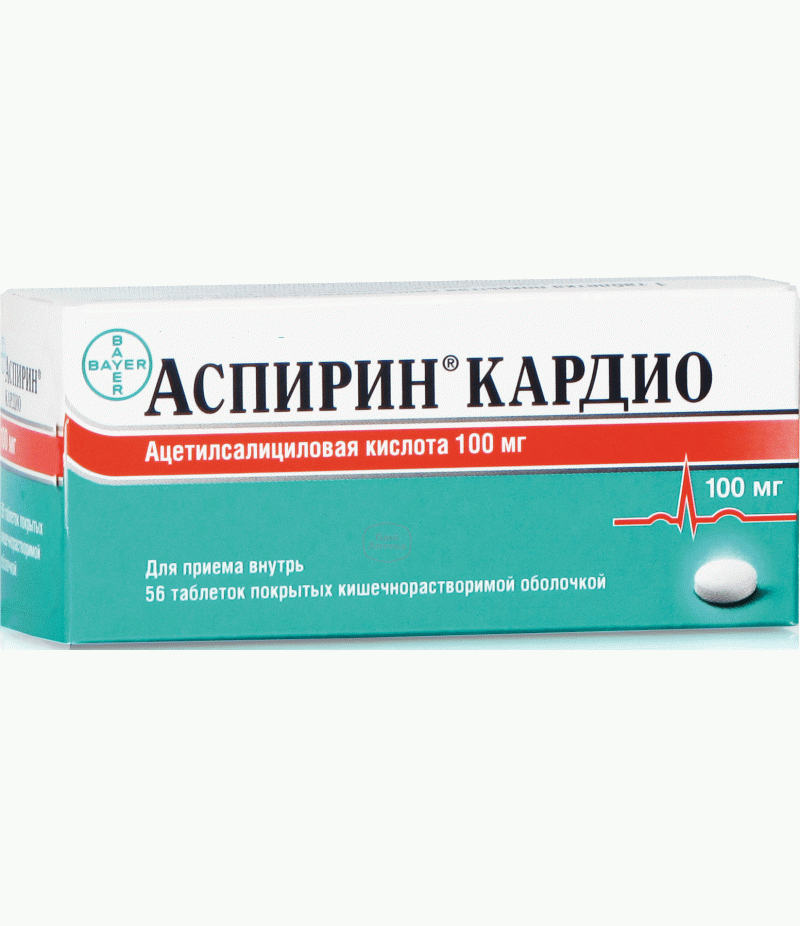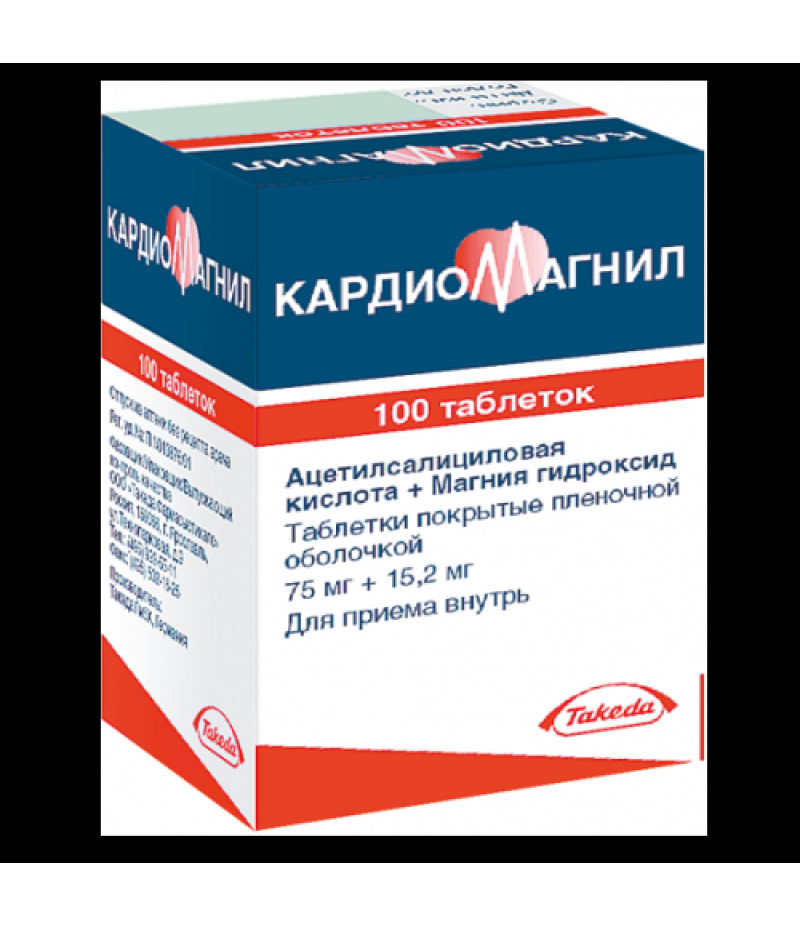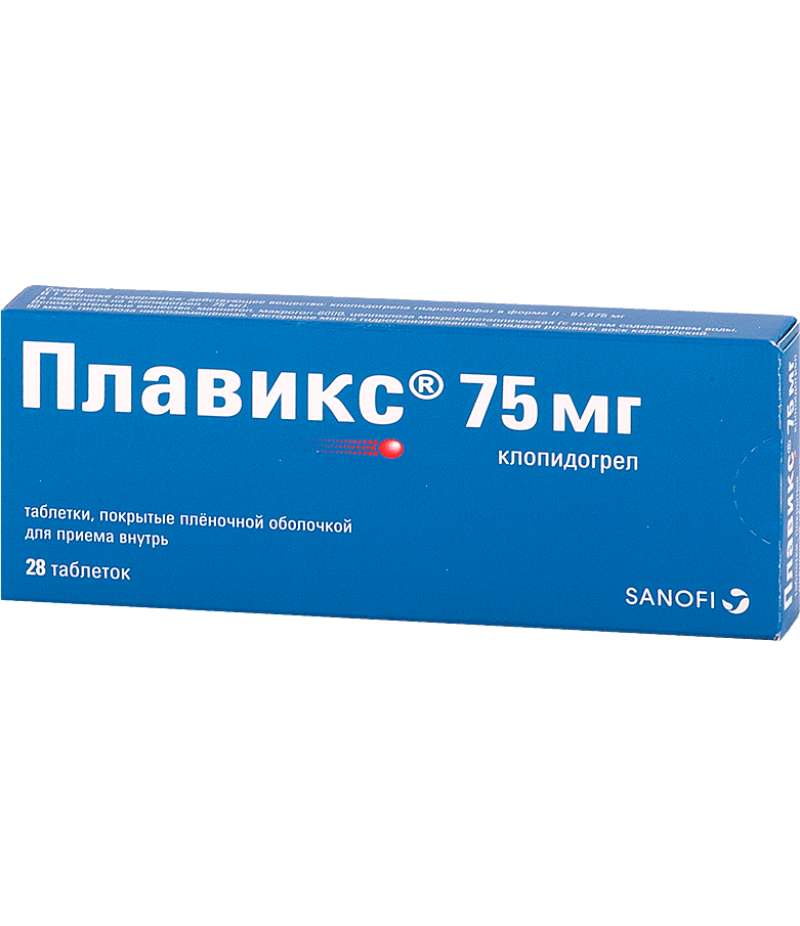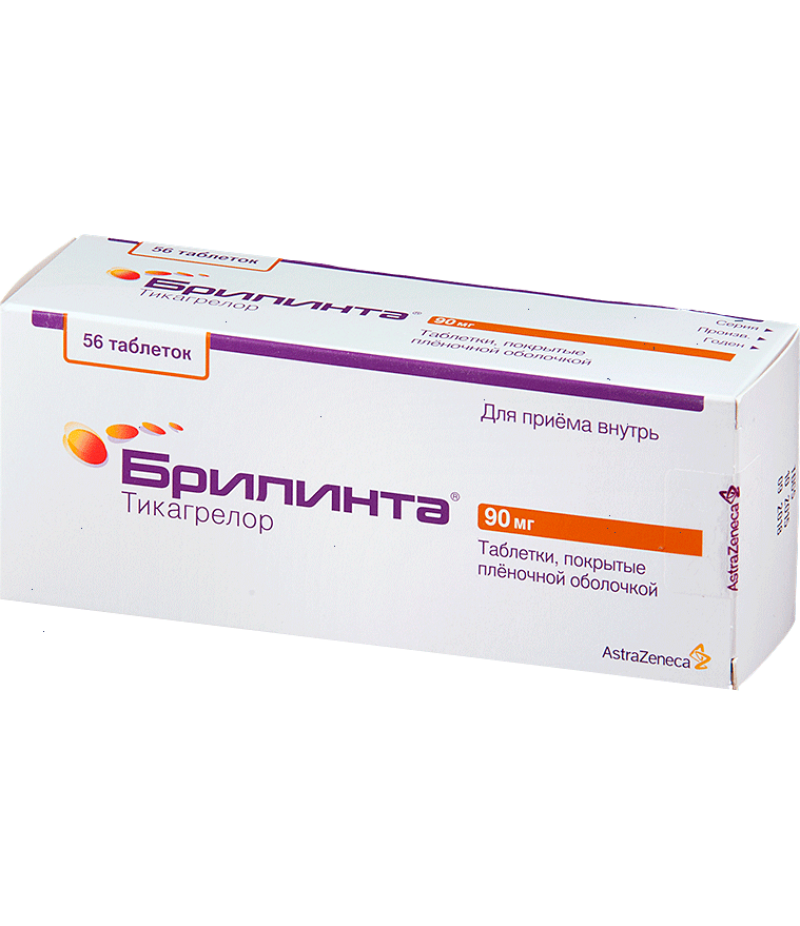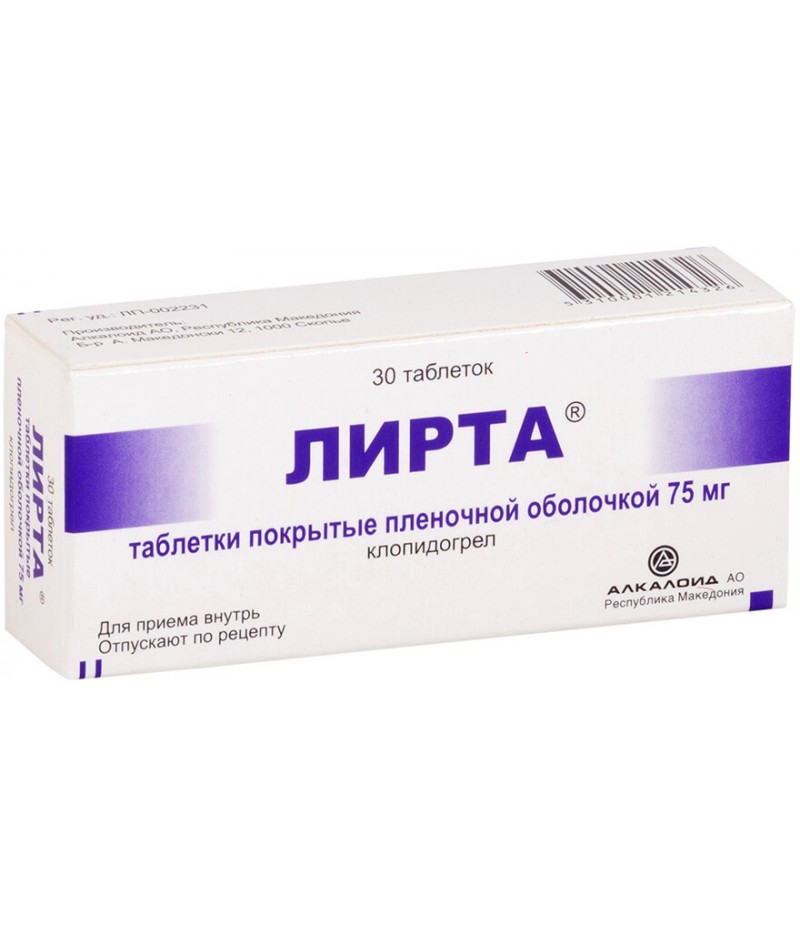Curantyl 25 tabs 25mg #120
- $34.86
- 3 or more $33.80
- Availability:In Stock
Curantyl user manualYou can buy Curantyl on this pageCompositionAccording to the INN (international non-proprietary name), the active ingredient dipyridamole (dipyridamole) in all mass parts forms in the composition of all dosage ..
Tags: tabs
Curantyl user manual
You can buy Curantyl on this page
Composition
According to the INN (international non-proprietary name), the active ingredient dipyridamole (dipyridamole) in all mass parts forms in the composition of all dosage forms of the drug Couantil.
1 dragee of Curantyl 25 contains 25 mg of dipyridamole. Additionally: macrogol 6000, lactose monohydrate, polyvidone K25, corn starch, titanium dioxide, gelatin, carnauba wax, magnesium stearate, glucose syrup, talc, calcium carbonate, sucrose, light basic magnesium carbonate, yellow quinoline dye.
1 tablet Curantyl N 25 includes 25 mg of dipyridamole. In addition (including the shell): highly disperse silica, lactose monohydrate, macrogol 6000, sodium carboxymethyl starch (type A), talc, titanium dioxide, corn starch, hypromellose, gelatin, simethicone emulsion, magnesium stearate, yellow quinoline dye.
1 tablet of Courantyl N 75 contains 75 mg of dipyridamole. In addition (including the shell): highly disperse silica, lactose monohydrate, macrogol 6000, sodium carboxymethyl starch (type A), talc, titanium dioxide, corn starch, hypromellose, gelatin, simethicone emulsion, magnesium stearate, yellow quinoline dye.
Form of issue
The manufacturer "Berlin-Chemie" produces the drug in the following dosage forms:
Curantyl 25 - in the form of a dragee of 100 pieces in glass bottles number 1 in the box;
Curantyl H (N) 25 - in the form of tablets in a shell of 120 pieces in glass bottles № 1 in a box;
Curantyl H (N) 75 - in the form of tablets in a shell of 40 pieces per box.
pharmachologic effect
Angioprotective, immunomodulating, antiaggregational.
Pharmacodynamics and pharmacokinetics
Annotation to the drug positions Curantyl as a vasodilating therapeutic agent of myotropic action, which has a retarding effect on platelet aggregation, improves microcirculation, and is also characterized by mild vasodilating effectiveness.
The vasodilator effect of small doses of dipyridamole is selectively directed to the expansion of arterioles of the coronary circulation and, unlike calcium antagonists and organic nitrates, does not affect the larger vessels of this system. The admission of high doses of dipyridamole leads to the expansion of arterioles in other areas of the systemic blood flow, from which this drug is used for the therapy and prevention of vascular pathologies of various types.
The vasodilator effectiveness of the drug is manifested by two different mechanisms of its action, which consist in inhibiting the adenosine capture process and suppressing the production of phosphodiesterase.
Due to the dynamic equilibrium observed between the release of adenosine and its re-uptake, the intracellular content of this nucleoside is at the level of 0.15-0.20 μmol. When small doses of dipyridamole are taken, inhibition of adenosine capture by platelets, erythrocytes and endothelial cells is noted, which leads to an increase in its plasma concentration and an increase in adenosine-dependent vasodilation. High dosages of the drug inhibit the aggregation of platelets due to the action of adenosine, thereby reducing the risk of thrombosis.
In turn, large doses of dipyridamole inhibit phosphodiesterase, responsible for the disintegration of cAMP and cGMP-effectors, which affect the suppression of platelet aggregation. In therapeutic doses, cGMP phosphodiesterase is suppressed exclusively. In the process of activating the corresponding cycles, the productivity of cAMP synthesis increases.
Another feature of the effectiveness of dipyridamole, as a derivative of pyrimidine, is its ability to induce the production of interferon. In vitro, the drug has a modulating effect on the functionality of the interferon system and increases the initially reduced synthesis of alpha and gamma interferon by plasma leukocytes, thus increasing the nonspecific resistance of the human body to viral infections.
With oral administration of dipyridamole in a dose of 150 mg TCmax in plasma, equal to 2.66 μg / l, is about 60 minutes. Binding to plasma proteins is almost complete. The greatest cumulation of the drug is observed in red blood cells and heart.
Metabolic transformations occur in the liver, which involves the mechanism of binding dipyridamole with glucuronic acid. The average T1 / 2 is 20-30 minutes. In the form of monoglyukuronide, the drug is excreted with bile.
Indications for use
The main indications for the use of Curantyl include:
treatment of discirculatory encephalopathy;
prevention and therapy of circulatory disorders of the brain, proceeding according to the ischemic type;
treatment of any disorders of microcirculation (in conjunction with other relevant pathology drugs);
prevention of coronary heart disease (primary and secondary), especially with personal intolerance to the patient acetylsalicylic acid;
prevention of possible thromboembolism, in the postoperative period of prosthetic heart valves;
preventive maintenance of formation of venous and arterial thromboses, and also therapy of complications of thrombus formation;
prevention and treatment of ARVI and influenza (for a dosage of 25 mg), as an immunomodulator and inducer of interferon.
Indication for the use of Curantyl during pregnancy include:
prophylaxis of placental (fetoplacental) insufficiency, fetal hypotrophy and gestosis, arising from a complicated pregnancy;
prevention of hypercoagulation and thrombosis in the presence of varicose veins.
Contraindications
Contraindications to the appointment of Curantyl are:
unstable angina;
myocardial infarction in an acute period;
coronary artery disease (stenosing atherosclerosis);
collapse;
heart failure, which is in the stage of decompensation;
subaortic stenosis;
arterial hypotension;
heart rhythm disorders of a serious nature;
complicated arterial hypertension;
obstructive pathology of the bronchopulmonary system of chronic course;
serious liver / kidney pathology;
hemorrhagic diathesis;
age up to 12 years;
painful conditions that occur with an increased likelihood of bleeding;
personal hypersensitivity to dipyridamole or other components of drugs.
Side effects
The use of therapeutic dosages of Curantyl rarely leads to the formation of negative phenomena and even in case of their occurrence side effects of the drug are mostly mild and transitory.
The cardiovascular system:
cardiopalmus;
sensation of "tides" to the skin of the face;
tachycardia (especially with concurrent administration of other vasodilator drugs);
bradycardia;
syndrome of stealing with respect to coronary vessels (with daily doses of dipyridamole exceeding 225 mg);
lowering blood pressure.
Hemostasis system:
functional changes in platelets;
thrombocytopenia;
development of bleeding;
increased bleeding, with or after surgical manipulation (very rarely).
Digestive system:
epigastric pain;
nausea, vomiting;
development of diarrhea.
With prolonged therapy, the side effects of the gastrointestinal tract, as a rule, disappear on their own.
Other:
feeling of noise or stuffiness in the ears;
dizziness;
general weakness;
hyperemia of the face;
headache;
arthritis;
rhinitis;
myalgia;
allergic manifestations (rash / urticaria).
Tablets Curantyl, instructions for use
Instructions for use Curantyl 25
With the prophylactic purpose of ARVI and during flu epidemics, a single daily intake of 50 mg of Currantyl 25 (2 tablets or tablets), once per 7 days for 4-5 weeks (4-5 sessions per course) is usually prescribed.
To prevent possible recurrences of acute respiratory viral infections, in particular to patients often suffering from these infections, a daily intake of 100 mg (4 tablets or tablets) in two stages (2 tablets or tablets (50 mg)) is indicated at 120 minutes intervals. The preventive course lasts 8-10 weeks with a single intake of the recommended dose of the drug in 7 days.
Instructions for use Curantyl 75
Daily dosage of Curantyl N 75 is selected taking into account the severity of the disease and the patient's personal reaction to the treatment.
For the therapy of IHD, as a rule, three meals a day are recommended 75 mg per day (1 tablet in 8 hours). In accordance with the observed efficacy, the doctor can increase the daily dose.
For the prevention of thrombosis and in cases of circulatory disorders of the brain, usually 3-6 tablets of Currantyl are prescribed per day for 75 mg. Within 24 hours, you can take as much as 450 mg of the drug.
To reduce platelet aggregation apply Curantyl in the range of daily doses of 75-225 mg (1-3 tablets) in several receptions. The maximum possible daily dosage of dipyridamole in severe cases is 600 mg.
Instructions for the use of Curantyl in pregnancy
When using Curantyl during pregnancy, the selection of its dosages is carried out exclusively individually. A typical scheme of therapy is considered to be taking 25 mg of the drug (1 tablet or tablet) three times in 24 hours.
How to take it - before meals or after?
With all the above indications, tablets and tablets, Curantyl are recommended to be taken on an empty stomach without crushing or chewing the dosage forms, and wash down with 100-150 ml of water.
Overdose
In cases of an overdose with dipyridamole, observed: the occurrence of angina and / or tachycardia, lowering blood pressure, general weakness, a feeling of "hot flashes" and dizziness.
With rapid detection of overdose symptoms, typical countermeasures will be effective, including calling up vomiting, cleaning the digestive tract, and taking sorbents. To stop the dilating effect of the drug, a slow intravenous administration (50-100 mg / min) of Aminophylline is prescribed. If the symptoms of angina persist, sublingual administration of nitroglycerin is indicated.
Interaction
Xanthine derivatives (including tea and coffee) can reduce the vasodilator effectiveness of dipyridamole.
Antacids, because of the decrease in absorption of the drug, lower its maximum concentrations.
Parallel use with Aspirin and anticoagulants (thrombolytics, Heparin) increases the possibility of bleeding.
Dipyridamole potentiates the effectiveness of antihypertensive medications.
When combined with cholinesterase inhibitors, a decrease in their anticholinergic properties is observed.
Joint reception with cephalosporin antibiotics (Cefoperazone, Cefamandol, Cefotetan) can lead to an increase in antiaggregant effects.
Storage conditions
For dragees - up to 25 ° C.
For tablets - up to 30 ° С.
Shelf life
For pills - 5 years.
For tablets - 3 years.
special instructions
Due to the possible lowering of blood pressure, at the beginning of the therapy should be careful when performing hazardous work and driving the car.
Children
To date, there is not enough experience in the use of Curantyl in pediatrics, including tablets and tablets, from which they are not assigned to children under 12 years of age.
With alcohol
During the passage of the therapeutic course of taking Curantyl, drinking alcoholic drinks is prohibited.
Curantyl during pregnancy and lactation
The practice of prescribing Curantyl during pregnancy exists mainly in countries of the post-Soviet space, where gynecologists have used the positive properties of this medicine quite successfully for quite some time.
Sometimes this drug is prescribed even in the planning of pregnancy, if a woman who wishes to become pregnant has various painful conditions associated with impaired blood circulation, microcirculation, or an increased tendency to clot formation. The daily dosage of such pathologies according to the instructions for use is selected individually and can reach 450 mg, so it is expedient to use Curantyl N 75. Another advantage of such preventive therapy is certainly the ability of dipyridamole to increase the resistance of the organism to various infections by stimulating the production of interferon.
At the time of pregnancy, the appointment of any medicines should be approached strictly individually and with special care, therefore, before taking Curantyl during pregnancy, it is necessary to completely eliminate contraindications and possible risks of therapy for both the future mother and the fetus. When to start treatment, at what stage to take therapy and to what time period to take the drug, the gynecologist should determine, in accordance with the patient's anamnesis and her condition at the moment.
In those cases when the future mother has pathology associated with blood circulation or thrombus formation that could potentially lead to complications of pregnancy in the future, medical treatment may be just necessary, for which the Coulantile is prescribed for pregnant women at an early date. In this case, the dosages of the drug can be quite significant, which increases the risk of bleeding and requires special attention from medical personnel.
At later stages of pregnancy, often the development of negative phenomena occurs, including, due to insufficient microcirculation (including, edema, toxicosis, headaches, increased blood pressure, convulsions, etc.). The solution of such problems is also included in the number of indications for the use of Curantyl, for which it is prescribed to pregnant women most often in minimal doses (25 mg 2-3 times per 24 hours) and, depending on the severity of the observed negative symptoms, different in their length of courses. In some cases, such treatment continues throughout the duration of pregnancy with small interruptions and stops immediately before childbirth.
In the second trimester of pregnancy, placental insufficiency is often diagnosed - a complication characterized by impaired blood flow to the placenta and can lead to fetal hypoxia, delay in its development, and sometimes spontaneous abortion. Therapeutic courses with the appointment of Curantyl N 25 (1 tablet 2-3 times a day) in most cases prevent the development of this complication or significantly reduce its manifestations, while not having any effect on the fetus.
Indications for the appointment of Curantyl in pregnancy in the third trimester are placental insufficiency and gestosis (late toxicosis), in which the drug, improving the blood supply of the placenta, helps the final complete formation of the brain, lungs and other organs of the unborn child, and significantly reduces the negative impact of these complications on it mother. Sometimes, with severe gestosis and / or placental insufficiency, the effects of a single medicine may not be enough, for which a complex therapy with several drugs is prescribed for pregnancy, for example, Actovegin and Curantyl. Improvement of tissue trophism and regeneration, as well as metabolism, inherent in Actovegin, perfectly complement the vasodilating effects of Curantyl, thereby protecting the female body from many negative painful manifestations, including the threat of miscarriage.
It is important to remember that at any time you can ask your doctor for exhaustive explanations for the questions, why do you prescribe this or that medication to pregnant women, how to drink or enter the prescribed dosage form, what dosages to adhere to, what are the positive aspects, treatment and why it is assigned to you. Orient in this regard for reviews of the Curantyl during pregnancy, left on various Internet resources is not worth it, because there is no guarantee that your situation is similar to that described by other women. It is also necessary to thoroughly understand all possible side effects of the medication and methods of preventing their occurrence, scrupulously monitor their health and pass regular examinations on time.
The possibility of applying Curantyl while breastfeeding is determined by the doctor.
Reviews of Curantyl
In view of the rather frequent prescribing of this drug to pregnant women, the prevailing number of reviews about the Curantyl N 25 is left on the forums by the mothers who ever accept it, while the responses about the Curantyl during pregnancy can in most cases be divided into positive and neutral ones. Although occasionally mention some of the side effects of the drug, including flushing, palpitations and headaches, extremely negative assessments, except for cases of personal hypersensitivity to the ingredients of the drug, are practically not found. Conversely, there are a lot of positive reviews of Curantyl's effectiveness, at least in order to consider its application. Naturally, the appointment of Curantyl must be clearly argued and thought out, and its dosages and the number of receptions are reduced to the necessary minimum. Also, many women, hearing about the appointment of a given drug, are trying to find for themselves an explanation of the appropriateness and safety of its use, using the Internet for this, while it will be correct to find out this question from your doctor who is simply obliged to provide all the information you are interested in.

